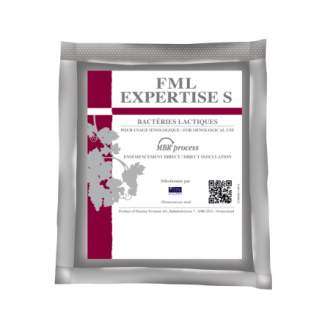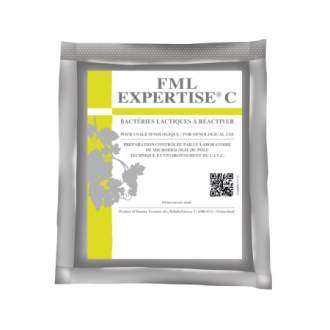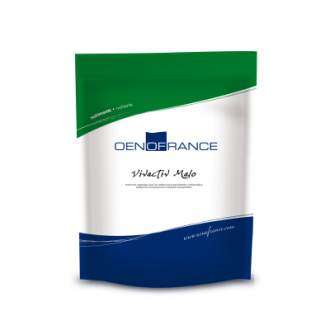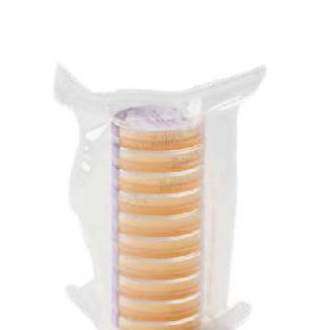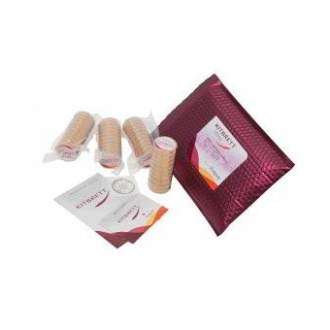MLF
This is the second microbiological process in winemaking, as long as we have not strayed from the path, and, as with alcoholic fermentation, it has a key role in the final quality of the wine.
Alcoholic fermentation expresses the aromatic potential of the grape, while malolactic fermentation completes it and qualifies it.
Like any other transformation, it has an impact on the wine, so it is a process that you need to conduct consistently in order to maintain and enhance the fruit of the wines, increase fat and volume, but above all keep it free from undesirable contamination such as Lactobacillus, Pedioccocus or Brettanomyces.
Who does your MLF and when?
The first question has 2 answers: induced with selected bacteria or spontaneous with native bacteria, in this case without knowing who does MLF and often not when either.
If you choose selected bacteria, you automatically dominate the when, and have one more tool to express the uniqueness of your wines:
COINOCULATION: for when you need a quick start to the MLF to control polluting populations, to keep the fruit and freshness or due to warehouse logistics requirements. The bacteria achieve better implantation in the medium due to the absence of ethanol. It is ideal for young wines when we have a high amount of malic acid and it is also useful in difficult cases, but requires certain precautions:
- <14.5% vol.
- pH & lt;3.5
- Compatible Yeast-Bacteria pair, so that bacteria does not affect yeast performance
- Good management of AF (nutrition, temperature)
EARLY INOCULATION: inoculation of lactic bacteria during the final phase of AF, indicated when we specify rapid AF but the wine has more than 14.5%vol. In this case, the yeast strain that we use for AF must produce little SO2 so that the bacteria can grow better.
SEQUENTIAL INOCULATION: Inoculation of bacteria once the wine is dry, more or less immediate depending on the stabilization work by oxygen that each wine needs before MLF.
In the sequential stages, during the period between the end of AF and the start of MLF, wine is especially sensitive to contamination by Brettanomyces, therefore it is important to assess the risk and monitor the populations of this undesirable companion.
Bacteria
For a strain of bacteria to work, it must be well adapted to the conditions of the wine (% vol, pH, temp., malic acid) and its nutrition must be adapted to its requirements, richness of must and yeast strain used in AF. Lactic acid bacteria have been observed to have very specific amino acid requirements, so the use of organic nutrients in AF will favor the development of MLF. However, if the environment is depleted or the conditions are difficult, we can enrich the wine with nutrients specially designed for lactic acid bacteria.
The objectives of malolactic fermentation through the use of selected bacteria are:
- Obtain cleaner and more fruity wines on the nose.
- Maintain the desired profile vintage after vintage.
- Reduce the impact of polluting populations (lactobacillus, pediococcus, brettanomyces, etc).
- Have less volatile and less biogenic amines.
- Streamline the process in the winery and eventually save energy.
Bacterial populations are much more delicate and demanding than yeasts, so it is important to take into account several factors that inhibit their development and can cause us the occasional headache:
- Accumulation of ethanal.
- Brett's polluting populations.
- An accumulated excess of CO2 retards the onset of bacteria.
- A slowed down Alcoholic Fermentation is synonymous with the depletion of the medium in nutrients and the release of inhibitory molecules. Short-chain inhibitory lipids (C6, C8, C10, and C12) can cause MLF blockage even in very low amounts.
